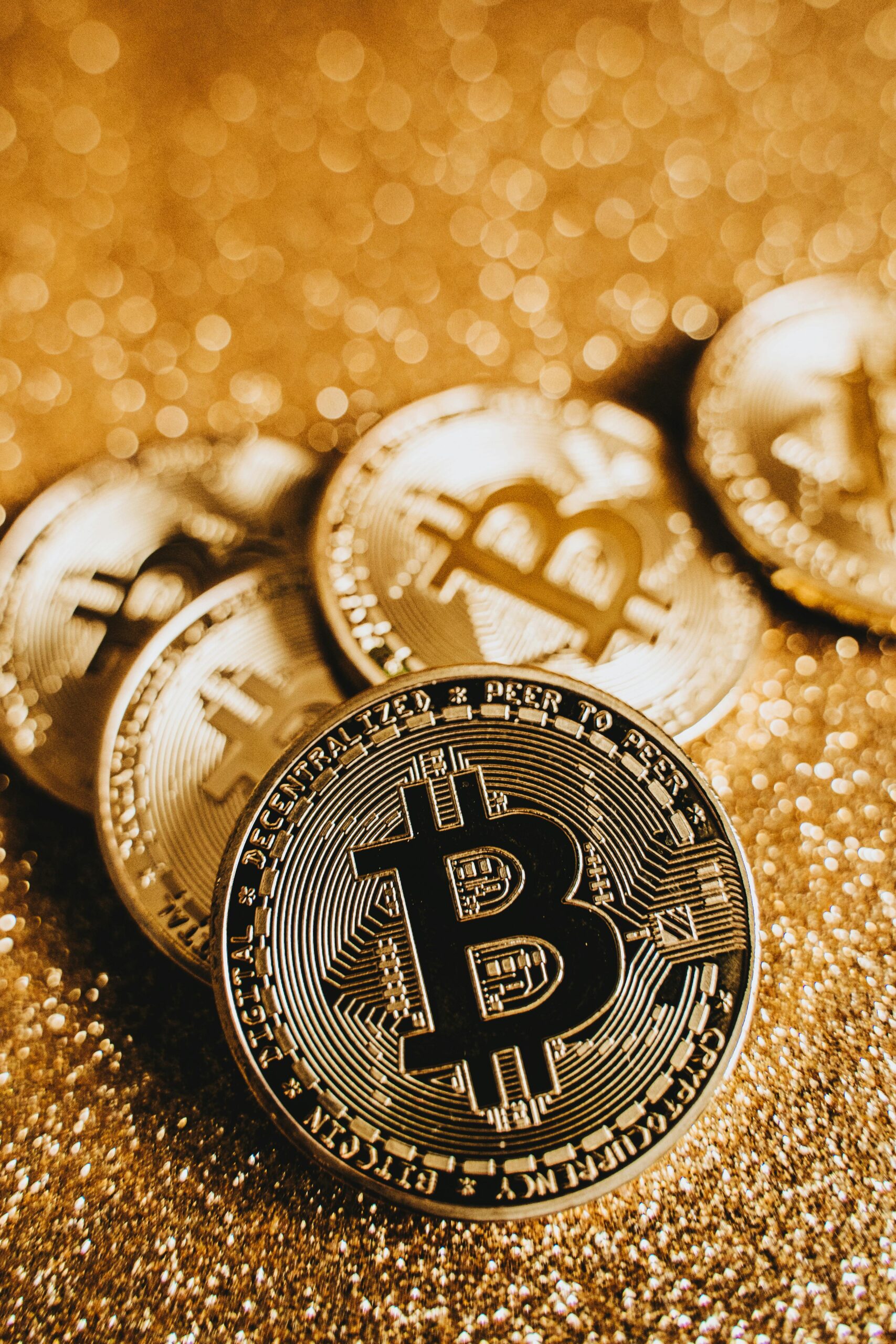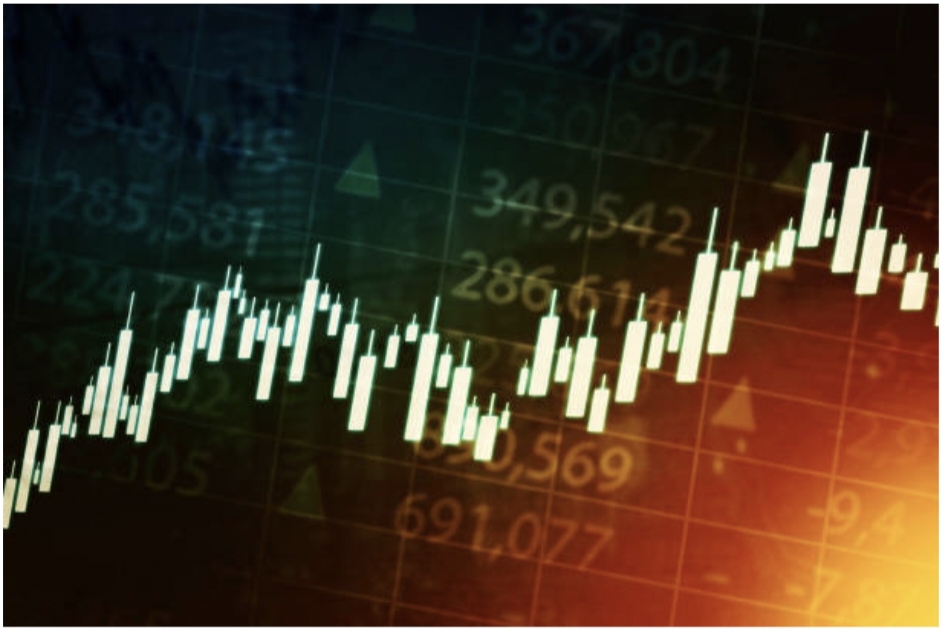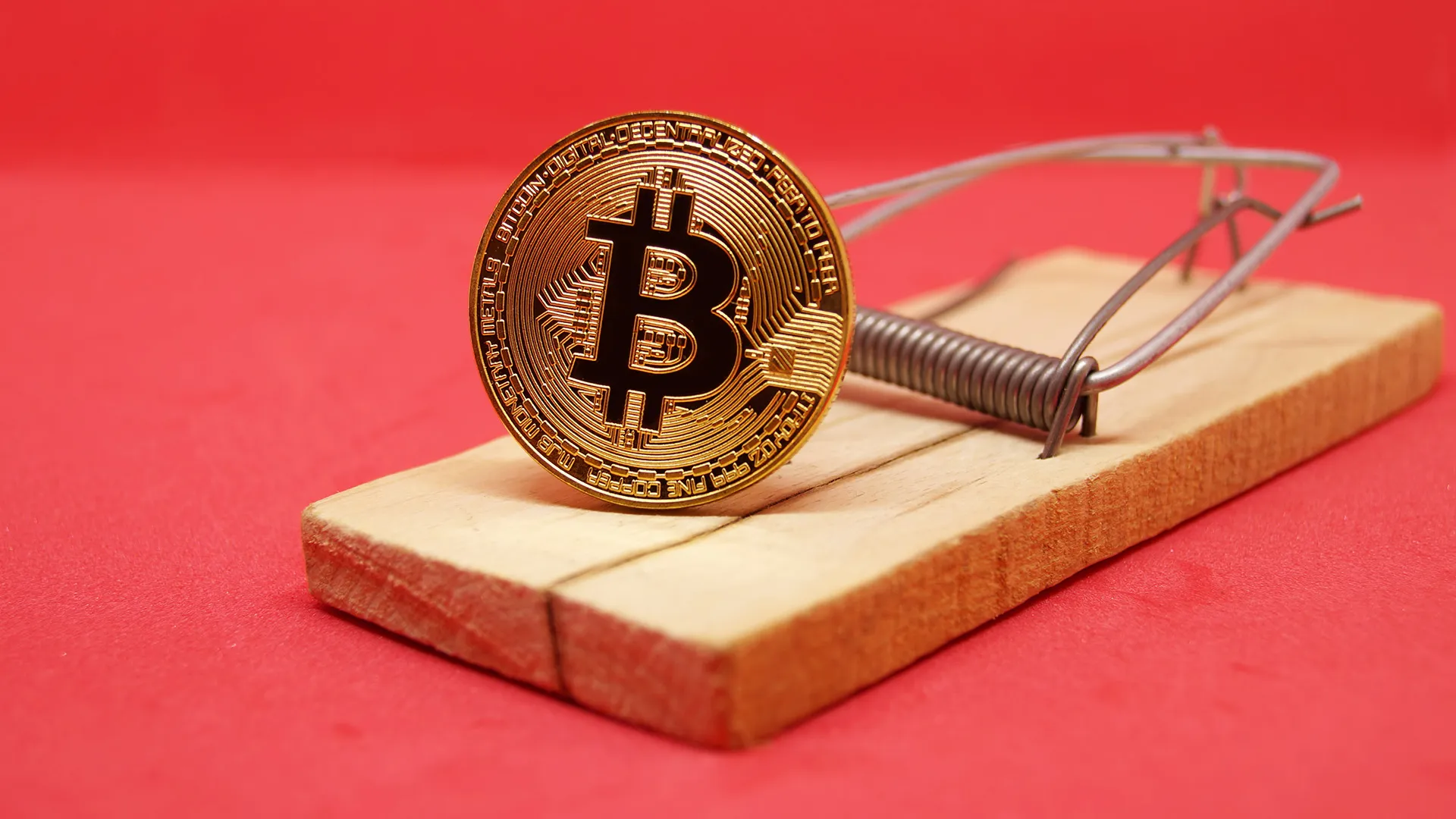For those who’ve been plugged into the world of technology, blockchain is not a new term. Some people talk about it with the kind of excitement reserved for groundbreaking inventions. Others roll their eyes, dismissing it as another tech fad destined to fade like floppy disks. Yet, year after year, blockchain continues to hold its ground. According to Grand View Research, the global market has already hit $31.28 billion and could reach $1.43 trillion by 2030.
Consider how people often look up the USD to BTC exchange rate, for instance. They are indirectly engaging with the technology! And the very ability to swap dollars for Bitcoin without going through a traditional bank is proof of blockchain’s radical promise. So, it actually makes sense to expect this technology to remain around for many years.
As of 2025, about six in ten Fortune 500 organizations are experimenting with blockchain. That’s a 47% rise in just twelve months, a significant stride for an industry to make in such a time span. Elsewhere, Prove AI has noted that about 90% of businesses in the UK, US and China are using this technology. Why is it so?
Maintaining relevance amid the growing need for fast payments
One of blockchain’s primary allure is the ability to process transactions in no time. It’s why sectors like finance are opening up to this technology quickly. Just recently, Binance Research noted a 72% jump in DeFi lending TVL, highlighting the technology’s growing influence in finance. DeFi, or decentralized finance, operates on distributed ledgers to provide a more open, transparent and programmable alternative to traditional finance by offering services such as lending and trading through decentralized applications.
Fortune Business Insights recently conducted a study and found that the global DeFi market could grow from $86.53 billion in 2025 to $457.35 billion by 2032. People no longer want delayed payments, so they tend to favor infrastructures that improve transaction speeds. Delaying funds for such a population can be frustrating and even cause them to turn away and never return.
With about 70% of users expecting transactions to be processed in less than two seconds, you want to adopt networks like Solana to maintain relevance. Solana processes funds incredibly fast, with average confirmation times of less than one second (around 400 milliseconds). Such features explain why experts expect digital currencies to dominate sectors like finance.
“Crypto isn’t just the future of finance – it’s already reshaping the system, one day at a time,” said Yi He, Co-Founder at Binance, further highlighting crypto’s influence in finance. At a time when 19% of businesses are discouraging the use of checks because of delays, it’s logical to expect faster technologies like blockchain-based payments to dominate this space.
Staying ahead of cybercriminals
Customer data has become like the new digital gold, drawing the attention of both the good and the bad. While companies are eyeing it to improve user experience through processes such as personalization, cybercriminals seek it for their own malicious purposes. That’s why estimates show attacks happening every 39 seconds.
Moreover, customers are aware of this trend and, as a result, only want to transact with secure brands. Most of them often examine platforms to ensure they are safe before transacting. No one would want to endure the pain of losing such customers just because their platforms turned out to be insecure. As such, companies are now adopting more secure technologies to improve their appeal to security-conscious buyers.
According to Zendesk, over eight in ten users will be less likely to transact with brands they don’t trust. Of course, you don’t expect to appeal to such highly aware individuals if you ignore online safety. Blockchain improves security by using decentralization to distribute data across multiple centers, eliminating the possibility of single-point failure.
Its immutability helps maintain integrity by making it difficult to manipulate data after validation. Blockchain’s transparency also comes in handy, allowing for easy real-time verification of data and detection of malicious activities.
What you can look forward to in the future
Although blockchain has proven beneficial, developers are now integrating it with other contemporary technologies like artificial intelligence to maximize its use. Surprisingly, the global blockchain AI market has already hit $550.70 million and could grow to $4.34 billion within the next few years. The growing concern of big data across every sector and the need for secure interactions provide reasonable grounds for the marriage of these two technologies.
Sahara AI is a prime example of a full-stack, AI-based blockchain infrastructure. It incorporates an EVM-compatible layer-1 network with off-chain AI execution, enabling users to securely and openly manage datasets. Interestingly, according to data from crypto exchange Binance, the infrastructure has raised over $43 million from investors since its launch in April 2023. Sahara AI continues to dominate many sectors, attracting over 1.4 million daily users.
It shouldn’t be surprising that blockchain is leaving a mark across almost every sector. Blockchain’s infrastructure helps it to cater to contemporary needs like instant payments, making it relevant in today’s world. The technology takes advantage of decentralization to eliminate the need for intermediaries, who often cause delays in traditional payment methods. And when it comes to online security, this decentralization still carries the day, allowing users to interact peacefully. Since merging blockchain and AI has become possible, this technology could become more popular in the coming days, as developers seek to enhance life experiences.





